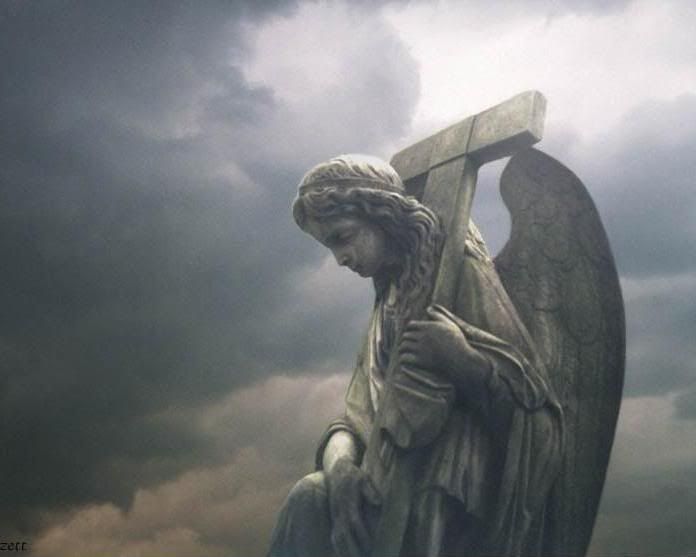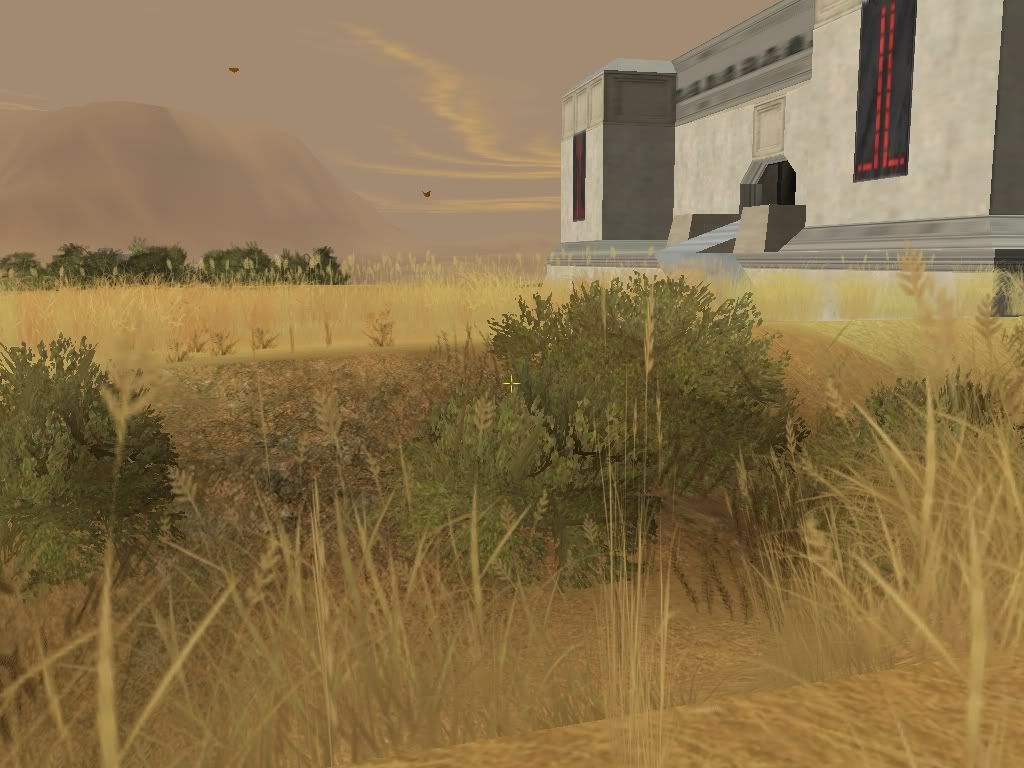German Builders' Guild
As we were looking at earlier, with the involuntary advance of Christianity, a new "underground Wotanic rite" emerged. Over time, the strongest expression of this was within the highest initiates of certain "builders guilds." Therefore, Wotanist symbolism was incorporated into architecture. It probably should be noted that some of the origins of this symbolism could be traced back to earlier ancient Celtic traditions.
I just wanted to raise one question here, which may sound like a negative, and may not be popular; but I at least wanted to raise it as an objective question, and maybe even an intellectual challenge. That being, doesn't it seem at least somewhat strange that Freemasons--of basically Northern European ancestry--seem to have absolutely no interest in Odinist tradition? They only focus on "the East," and maybe they attach some small degree of importance to the little that we know about the Druidic tradtion. They latched onto the magical traditions for a period during the last century, which resulted in the foundation of "Wicca," which they botched up and then just walked away. The whole thing regarding them in relation to ancestral spiritual traditions just does not add up at all. Some of these builders guilds did remind me of some aspects of Freemasonry. I happen to agree with Steve McNallen that some people are compelled to drink out of everyone else's well... except their own.
Just for the record, List names the major building lodges as follows: The Minnesinger Order, the Heraldic Guild, the German Builders' Guild, and the Vehme. Symbolic, architectural, and word symbolism were developed in a very complex way; often with several layers of meaning of what List referred to as the "hidden Wuotanism." It's more than I wanted to try to interpret here, so you will just have to buy the book if you want to look deeper into this. Even just as individuals or private businesses, I think that we should place related symbolism into the things which we get involved in. Someone once told me that he admired Jewish businessmen for using their own surnames and other types of religious and heraldric symbols in their businesses. I recall once listening to Len Horowitz speak at a conference, and he was responding to one Globalist pundit who had said something like "religion is dead" or "culture is dead." He said that he was a direct descendant of the "Levi clan/tribe" and that they were "not dead." Within that same train of thought, I could say that I am a direct descendant of the "Camunni clan/tribe."
The ancient Wotanic knowledge was hidden under the guise of "guild secrets" in what sounds like the way that Freemasons kept "sacred geometry" secret. There are some big differences as well. Freemasons no longer work in the building trades that I can see, Wotanism is a native-belief system which was forced underground, and Freemasons are "universalist-believers." Also, the mainstream powers-that-be have shown no interest--even historical interest--in this hidden Wotanist cultural phenomena which occurred over centuries. I mean, List died 94 years ago; so where's the followup research? It can be pretty easily proven that some system has existed. For example, there are many poems from the Middle Ages which don't make a lot of sense until their true coded meaning is deciphered. The three-layered "heimliche Acht" codex followed the pattern of: 1) For the common uninitiated people; 2) The lower symbolism or the exoteric; 3) The higher symbolism or the esoteric.
 Much of the "heimliche Acht" was hidden in older dialects not spoken today. Therefore they have been lost, or temporarily lost. I'm sure that many researchers have, and are working on deciphering many of these codes; we just don't hear much about it from the mainstream academic or anthropological communities. You would think that a direct unbroken spiritual/cultural line over thousands of years would be of more historical importance. An excerpt from page 81:
Much of the "heimliche Acht" was hidden in older dialects not spoken today. Therefore they have been lost, or temporarily lost. I'm sure that many researchers have, and are working on deciphering many of these codes; we just don't hear much about it from the mainstream academic or anthropological communities. You would think that a direct unbroken spiritual/cultural line over thousands of years would be of more historical importance. An excerpt from page 81:
No less often do these symbols find their way into "speaking records," into legal antiquities and pieces of wisdom, into folk customs, folk beliefs and proverbs, then into alchemy and medicine, into astronomy, astrology, and into all disciplines related to the mystical endeavors of antiquity and the Middle Ages--right on up to the present day. That many of these signs were even, so to speak, popularized in the most everyday utilitarian objects and even determined the forms of such things is certainly conceivable with such a widespread tradition. Here, for example, we only have to mention the forms and names of our breads and baked goods. In brief, it is not easy to find an area in the life of the German folk which these hieroglyphs, holy signs, and symbols do not illuminate.
It should be noted that 'The Secret of the Runes' displayed two images which were not really of Germanic or European origin. The pentagram, which he called the Vehme-Star Rose; and the Masonic square and compasses, which he called the Fyroge, the Tapis, or the Tabula quadrata with the three great lights. What I find interesting about that is, A) a Medieval link to the magical traditions, or even to the pentagram itself, and B) a possible Masonic or Templar connection. Could there have been some Hexological-Wotanic overlap? I would say definitely at least some. Could there have been some Masonic-Wotanic overlap? Not likely beyond occasional friendships of individuals.
There are so many facets to this. The Wotanic-tradition of these builders spread over centuries, and they influenced various architectural eras; for example, Gothic architecture. So there is a hidden history of architectural style; layered from what the history books tells us about "Gothic style," to the exoteric, to the esoteric. Another facet is in the area of many sagas, folktales, myths, and poems. After they are fully deciphered, they often tell of the history of a particular region; apparently from the position of this Wotanic-underground.
**************************************************
6-7-12 ADDITION: After writing this entry, I unintentionally came across an available book which actually covers the "Freemasonry and Wotanism puzzle"; and even better, it includes a work on the subject by Guido von List himself. This book is entitled 'Freemasonry and the Germanic Tradition' by Stephen E. Flowers. Flowers was the author who translated 'The Secret of the Runes' into English. From the webpage:
Here we have a multifaceted study consisting of five essays or articles. The introductory piece is entitled "My Masonic (Mis-)Adventure" and details the author's brief interaction with a local lodge, then follows two articles: "Roots of Masonry in the Scandinavian Gild System" and "Reflections of Germanic Mythic Tradition in Masonic Ritual." These convincingly show the origins of the essence of Masonry not in the "Holy Land," but in Northern Europe. Appended is a translation of Guido von List's "Origin and Symbolism of Freemasonry" (1910). Finally there is a short concluding piece entitled "A Charge to All Worthy Brothers" in which the author calls on individuals to help restore the original spirit and mission of Masonry. 64pp.
As covered earlier, Runa-Raven Press also carries 'The Religion of the Aryo-Germanic Folk' by von List; as well as 'Rune Might: History and Practices of the Early 20th Century German Rune Magicians' by Edred Thorsson, which includes work by von List among others.
**************************************************
6-7-12 ADDITION: After writing this entry, I unintentionally came across an available book which actually covers the "Freemasonry and Wotanism puzzle"; and even better, it includes a work on the subject by Guido von List himself. This book is entitled 'Freemasonry and the Germanic Tradition' by Stephen E. Flowers. Flowers was the author who translated 'The Secret of the Runes' into English. From the webpage:
Here we have a multifaceted study consisting of five essays or articles. The introductory piece is entitled "My Masonic (Mis-)Adventure" and details the author's brief interaction with a local lodge, then follows two articles: "Roots of Masonry in the Scandinavian Gild System" and "Reflections of Germanic Mythic Tradition in Masonic Ritual." These convincingly show the origins of the essence of Masonry not in the "Holy Land," but in Northern Europe. Appended is a translation of Guido von List's "Origin and Symbolism of Freemasonry" (1910). Finally there is a short concluding piece entitled "A Charge to All Worthy Brothers" in which the author calls on individuals to help restore the original spirit and mission of Masonry. 64pp.
As covered earlier, Runa-Raven Press also carries 'The Religion of the Aryo-Germanic Folk' by von List; as well as 'Rune Might: History and Practices of the Early 20th Century German Rune Magicians' by Edred Thorsson, which includes work by von List among others.


No comments:
Post a Comment